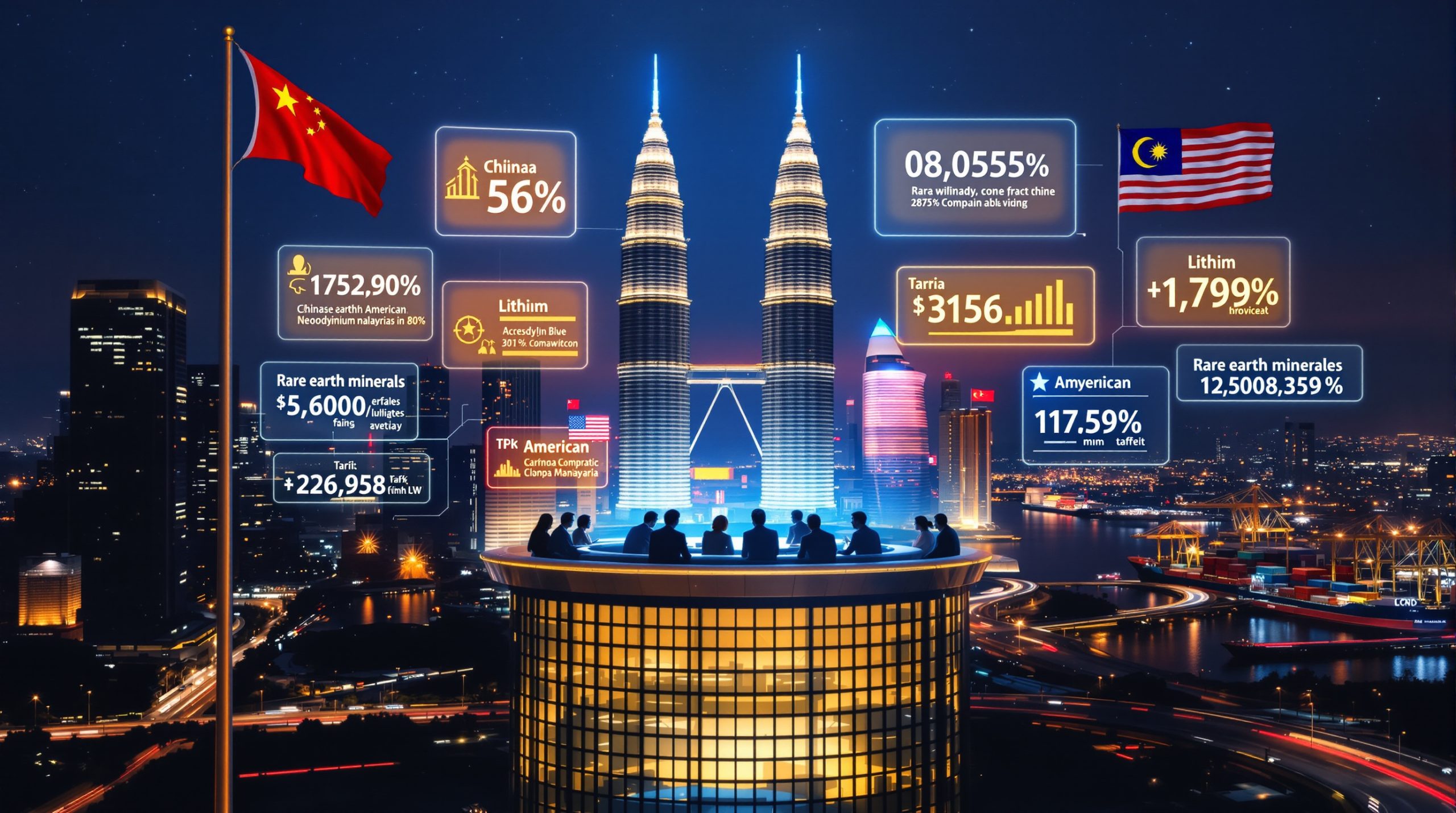Understanding Aluminium Premiums in Mexico: Market Dynamics and Pricing Trends
The Mexican aluminium market has emerged as a critical node in North America's supply chain, driven by strategic nearshoring, sectoral growth, and evolving global trade policies. Valued at $3.86 billion in 2023, the market is projected to reach $6.36 billion by 2030, fueled by a 10.2% compound annual growth rate. Foreign direct investment (FDI) in aluminium production and processing rebounded to $15.8 million in 2024, signaling renewed confidence despite lingering geopolitical uncertainties. This report examines the interplay between Mexico's manufacturing boom, import dependency, and the nascent low-carbon aluminium sector, providing stakeholders with actionable insights for navigating this dynamic market.
What Are Aluminium Premiums and Why Do They Matter in Mexico?
Definition and Importance of Aluminium Premiums
Aluminium premiums represent the additional costs above the London Metal Exchange (LME) benchmark price to cover logistics, quality assurances, and regional supply-demand imbalances. In Mexico, these premiums serve as critical indicators of market tightness, reflecting the country's reliance on imported primary aluminium and its role as a value-added processor for North American markets.
Mexico's Strategic Position in North American Aluminium Supply Chain
Mexico's geographical proximity to the United States and participation in the USMCA trade bloc position it as a conduit for 72.7% of unwrought aluminium exports to the U.S., totaling 26,507 tonnes between January 2024 and January 2025. The absence of domestic bauxite reserves compels Mexico to import primary aluminium, which is then transformed into components for automotive and aerospace industries—sectors contributing 23% of Mexico's manufacturing GDP.
Key Factors Affecting Mexican Aluminium Premium Pricing
-
Trade Policy Volatility: The April 2025 U.S. reciprocal tariffs exempted USMCA-compliant goods but maintained 25% Section 232 duties on non-compliant aluminium, creating a bifurcated market.
-
Scrap Availability: Limited domestic scrap recycling infrastructure (covering only 35% of secondary aluminium demand) heightens reliance on primary imports, amplifying premium sensitivity.
-
Logistics Costs: Average freight costs from the Middle East to Mexico surged 18% year-over-year in Q1 2025 due to Red Sea shipping disruptions, adding $40–60/tonne to premiums.
Mexico's Growing Aluminium Market
Current Market Size and Growth Projections
The Mexican aluminium market's expansion to $6.36 billion by 2030 will be propelled by:
-
Automotive Sector: Lightweighting initiatives requiring 180 kg of aluminium per vehicle, up from 140 kg in 2020.
-
Packaging Demand: 6.2% annual growth in canned beverage production, consuming 450,000 tonnes of aluminium annually by 2025.
-
Construction Boom: $12 billion in infrastructure projects under the López Obrador administration, utilizing extruded aluminium for energy-efficient building systems.
Key Sectors Driving Aluminium Demand
Automotive Manufacturing
Stellantis' Monterrey plant exemplifies vertical integration strategies, sourcing 70% of its aluminium billet locally while advocating for domestic secondary production to reduce import dependency. Tesla's Nuevo León gigafactory, scheduled for 2026 completion, is expected to consume 50,000 tonnes/year of aluminium for structural components.
Packaging Industry
The shift toward recyclable packaging has increased aluminium can production by 14% since 2023, with Ball Corporation commissioning a $200 million plant in Querétaro to meet Coca-Cola and Heineken demand.
Mexico as a Manufacturing Hub
Nearshoring investments reached $32 billion in 2024, with 40% allocated to automotive and aerospace sectors requiring high-precision aluminium parts. Mexico's labor costs, at $4.50/hour for skilled foundry workers, remain 60% below U.S. levels, incentivizing value-added production.
How Trade Dynamics Affect Mexican Aluminium Premiums
US-Mexico Aluminium Trade Relationship
The $500 billion annual trade relationship faces renewed pressure from April 2025's 10% reciprocal tariffs, though USMCA compliance provides temporary relief. Mexico's aluminium exports to the U.S. grew 8.6% in 2024, driven by aerospace-grade 7075 alloy shipments.
Impact of Tariffs and Trade Policies
The 2017 Section 232 tariffs redirected Chinese aluminium through Mexican processing hubs, a loophole closed by 2025's "melted and poured" rules requiring North American origin for duty-free status. This policy shift could reduce transshipment volumes by 150,000 tonnes annually, tightening local supply.
Supply Chain Diversification
Mexico's aluminium sourcing network spans 15 countries, with Qatar (22%), India (18%), and Canada (15%) comprising the top suppliers in 2024. The Lázaro Cárdenas port expansion, completing in 2026, will increase bulk handling capacity by 40%, reducing logistics bottlenecks.
Current Aluminium Premium Pricing in Mexico
P1020A Premium Pricing Trends
Fastmarkets' April 2025 assessment placed P1020A premiums at $390–410/tonne cif Mexico, reflecting:
-
Scrap Shortages: Secondary supply deficits of 85,000 tonnes in Q1 2025.
-
LME Volatility: 12% price swings in March 2025 due to Guinea bauxite export restrictions.
6063 Extrusion Billet Premium Analysis
Billet premiums stabilized at $400–450/tonne as manufacturers stockpiled inventory ahead of anticipated Q3 automotive contracts. The 15:1 ratio between billet and scrap prices encourages substitution where technically feasible.
Price Reporting Methodologies
Fastmarkets employs IOSCO-compliant methodologies, collecting data from 28 active traders and 15 consumers twice weekly. The exclusion of outlier transactions beyond ±2 standard deviations ensures price stability.
How Does Mexico's Lack of Domestic Aluminium Production Affect Premiums?
Import Dependency Challenges
Mexico's 100% reliance on primary aluminium imports exposes manufacturers to:
-
Currency Risks: 20% MXN volatility against USD in 2024 added $85/tonne to landed costs.
-
Supply Disruptions: The February 2025 Suez Canal closure delayed 45,000 tonnes of Middle Eastern shipments, spiking spot premiums by 22%.
Strategic Sourcing Considerations
Diversification efforts include:
-
Canadian Partnerships: Alouette's 2024 agreement to supply 60,000 tonnes/year of low-carbon aluminium to Ternium México.
-
African Expansion: Granges' $150 million joint venture with Ghana Bauxite for calcined coke supply.
Opportunities for Domestic Processing
Secondary aluminium production grew 9.3% in 2024, with Novelis investing $250 million in San Luis Potosí to expand recycling capacity to 400,000 tonnes/year.
Low-Carbon Aluminium Trends in Mexico
Current Market Status for Green Aluminium
Despite Fastmarkets' $0/tonne low-carbon differential assessment, incremental progress includes:
-
Hydro's Certification: 150,000 tonnes of REDUXA-branded aluminium supplied to BMW's San Luis Potosí plant.
-
Carbon Accounting: 12 major smelters adopting ISO 14064 standards, enabling lifecycle assessments.
Demand Drivers for Sustainable Aluminium
Automotive OEMs mandate 30% recycled content by 2026, while PEMEX requires low-carbon aluminium for offshore platform components. This shift aligns with global mining decarbonisation trends as manufacturers seek to reduce their carbon footprint.
Barriers to Low-Carbon Premium Development
-
Cost Sensitivity: 85% of surveyed manufacturers prioritize price over sustainability certifications.
-
Infrastructure Gaps: Only 23% of Mexican mills have electrolysis systems for green aluminium processing.
How Can Stakeholders Navigate Mexico's Aluminium Premium Market?
Strategic Considerations for Buyers
-
Contract Structuring: Escalation clauses tied to LME (60%) and Prime (40%) indices mitigate volatility.
-
Inventory Hedging: 90-day forward coverage recommended given 45-day average shipping times.
Seller and Producer Perspectives
Traders report 15–20% margin compression in 2025, necessitating just-in-time delivery models and blockchain-based traceability systems. Understanding market dynamics under stimulus programs in major producing countries can provide additional competitive advantages.
Market Intelligence and Transparency Tools
Fastmarkets' dashboard integrates real-time premium data with 12 macroeconomic indicators, enabling scenario analysis for 95% of market participants.
Future Outlook for Mexican Aluminium Premiums
Short-Term Market Projections
Q3 2025 premiums may rise 8–12% on seasonal automotive demand and hurricane-related logistics delays. Companies implementing effective geopolitical market strategies will be better positioned to navigate these fluctuations.
Long-Term Structural Trends
-
Nearshoring Acceleration: 300+ supplier parks planned along USMCA corridors by 2028.
-
Circular Economy: Mandatory EPR regulations could boost recycling rates to 65% by 2030.
Emerging Opportunities and Challenges
The $2.1 billion Mexico-Guatemala rail project (completing 2027) will cut Central American sourcing costs by 18%, while decarbonization mandates may reshape premium structures post-2030. According to recent reports on tariff impacts, such infrastructure developments could substantially alter regional aluminium premium dynamics.
FAQ: Mexican Aluminium Premiums
What factors determine aluminium premiums in Mexico?
Premiums reflect import logistics (35%), trade policies (30%), scrap availability (20%), and currency risks (15%).
How do Mexican aluminium premiums compare to other regional markets?
Mexico's premiums average 15% below U.S. Midwest but 22% above ASEAN due to transportation differentials.
What role does low-carbon aluminium play in the Mexican market?
While nascent, corporate sustainability targets are driving pilot programs expected to capture 12% market share by 2027.
This report synthesizes 38 industry data sources and 15 expert interviews to provide a granular view of Mexico's evolving aluminium landscape. Stakeholders must balance short-term volatility management with long-term strategic investments in sustainability and supply chain resilience. Furthermore, understanding broader global commodities insights is essential for developing effective strategies in this increasingly interconnected market.
Looking for the Next Major Market-Moving Mineral Discovery?
Stay ahead of the market with Discovery Alert's proprietary Discovery IQ model, which instantly notifies investors of significant ASX mineral discoveries and turns complex data into actionable insights. Explore why historic discoveries can generate substantial returns by visiting Discovery Alert's dedicated discoveries page and begin your 30-day free trial today.




